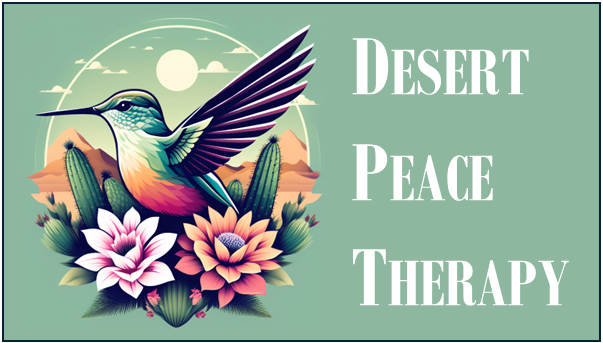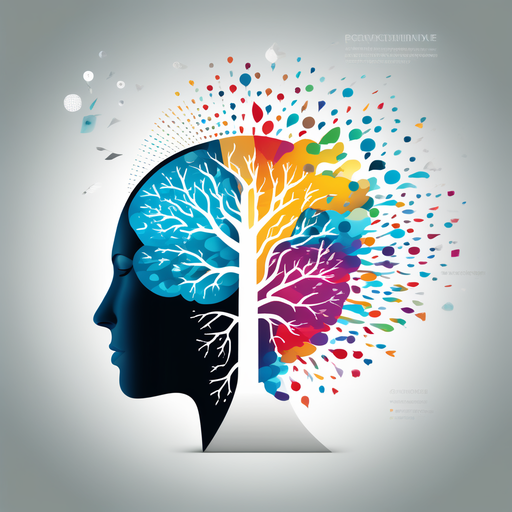
Unlocking the Mind: Exploring Carl Jung’s Collective Unconscious (Part 1 of 3)
This post marks the beginning of a three-part series exploring the key concepts of Carl Jung, one of the most influential figures in modern psychology. Over the next few posts, we will delve into three of his most transformative ideas: the Collective Unconscious, Individuation, and Active Imagination. Each of these concepts sheds light on the deeper workings of the mind and offers insight into our journey toward self-awareness and fulfillment.

Who Was Carl Jung?
Carl Gustav Jung (1875–1961) was a Swiss psychiatrist and psychoanalyst who founded analytical psychology. His work extended beyond the individual psyche and explored the universal structures that shape human thoughts, emotions, and behaviors. Unlike his mentor Sigmund Freud, who focused primarily on personal unconscious material shaped by individual experiences, Jung proposed that a deeper, shared layer of unconsciousness connects all humans. He called this the Collective Unconscious.
What is the Collective Unconscious?
Jung’s concept of the Collective Unconscious suggests that beneath our personal experiences lies a vast, inherited reservoir of knowledge, instincts, and symbols shared among all people. This unconscious layer is made up of archetypes—universal symbols and themes that manifest in myths, dreams, and cultural narratives across time and geography. These archetypes include fundamental patterns such as:
The Self – The totality of the psyche, representing our fullest potential and inner wholeness.
The Persona – The social mask we wear to navigate the external world.
The Shadow – The hidden, often repressed, parts of ourselves that contain unacknowledged desires and fears.
The Anima/Animus – The unconscious feminine side of a man (anima) and the unconscious masculine side of a woman (animus), influencing our relationships and perceptions of gender.

Why Does the Collective Unconscious Matter?
Understanding the Collective Unconscious allows us to recognize patterns in our behavior, relationships, and emotional struggles. By exploring these shared psychological structures, we can begin to:
- Deepen Our Relationships – Recognizing archetypal influences in relationships can help us better understand ourselves and those around us.
- Recognize Universal Patterns – Understanding that our fears, desires, and struggles are part of a larger human experience can bring comfort and clarity.
- Embrace the Shadow – By acknowledging and integrating our repressed traits, we move toward wholeness rather than remaining fragmented.
- Tap Into Innate Wisdom – The myths and stories we resonate with often reflect deeper truths about ourselves, offering guidance for personal growth.

Applying Jung’s Ideas to Everyday Life
How can we use the concept of the Collective Unconscious in our personal development?
- Pay attention to recurring themes in dreams, art, and personal struggles—these often reveal unconscious archetypes at work.
- Explore mythology, literature, and symbols that resonate with you; they can offer insight into your inner world.
- Reflect on the ‘shadow’ aspects of yourself—traits you disown or project onto others—and work toward integrating them with self-compassion.
By acknowledging the influence of the Collective Unconscious, we take an important step toward greater self-awareness. In the next part of this series, we will explore Individuation, Jung’s process of becoming one’s true self through integration of the unconscious and conscious mind. Stay tuned for Part 2!
Take the first step toward transforming your thoughts and reclaiming your peace – contact Desert Peace Therapy today to schedule your personalized session today.
Find inner peace through our therapy services
Experience unmatched well-being


One response to “Unlocking the Mind: Exploring Carl Jung’s Collective Unconscious (Part 1 of 3)”
Hello! I hope you’re having a great day. Good luck 🙂